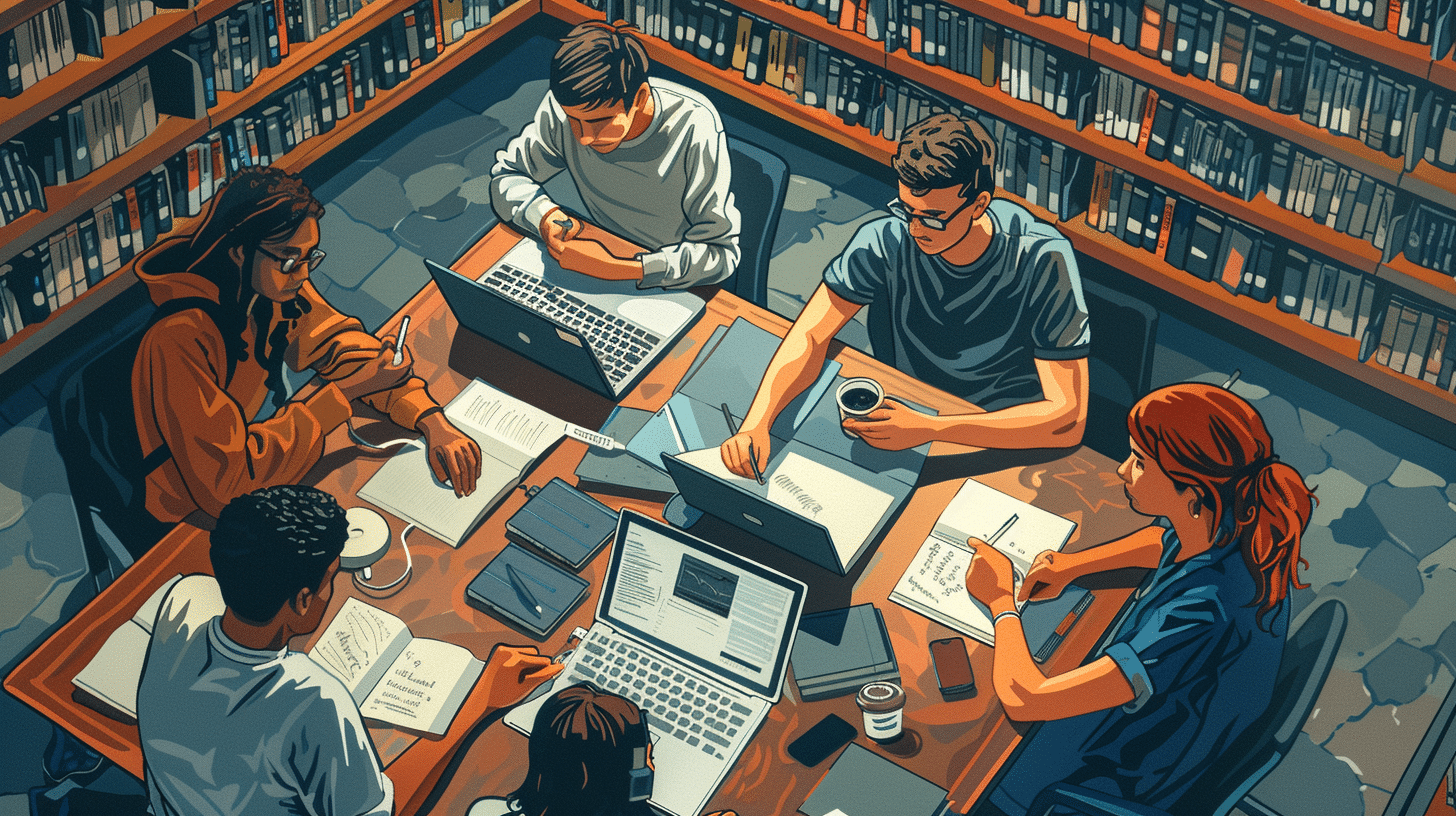Visual language learners are individuals who absorb and retain information more effectively when it is presented in a visual format. This could include diagrams, illustrations, videos, charts, and other visual aids. Recognizing the characteristics of visual learners is essential for tailoring language learning strategies that cater specifically to their strengths.
Characteristics of Visual Language Learners:
– They prefer seeing information rather than hearing it.
– They often excel in reading and writing.
– They find visual aids like maps or graphs helpful in understanding concepts.
– They are often detail-oriented.
Optimal Learning Environments for Visual Learners
Creating an effective learning environment is crucial for visual language learners. This environment should be rich in visual stimuli and organized in a way that promotes efficient learning.
Key Components of a Visual Learning Environment:
– Ample lighting to clearly see materials.
– Minimal clutter to reduce distractions.
– Use of color coding to organize notes and materials.
– Availability of visual aids like charts, diagrams, and flashcards.
Effective Visual Learning Strategies
To maximize the potential of visual learners, certain strategies can be implemented to enhance their language acquisition.
Use of Visual Aids:
Incorporating visual aids such as infographics, flashcards, and mind maps can help in reinforcing language concepts and vocabulary. Visual aids create a mental image that makes information easier to recall.
Incorporation of Multimedia Resources:
Videos and interactive software are excellent tools for visual learners. They combine visual elements with auditory inputs, which can be particularly helpful in language learning. Platforms like YouTube offer numerous educational videos that cater to various language learning levels.
Reading and Writing Exercises:
Since visual learners often excel in reading and writing, these activities should be a core part of their learning process. Reading books, articles, and other materials in the target language will improve their vocabulary and comprehension skills. Writing essays, summaries, and journals will enhance their writing abilities.
Technology Integration in Language Learning
The rise of digital technology offers a plethora of tools that can aid visual language learners in their journey. Utilizing these tools can make the learning process more engaging and effective.
Language Learning Apps:
Apps like Duolingo, Babbel, and Memrise use gamification and visual cues to teach languages, making them ideal for visual learners. These apps provide immediate feedback and allow learners to track their progress visually.
Online Visual Dictionaries and Encyclopedias:
Websites such as VisualDictionaryOnline offer a vast array of words accompanied by images, which is perfect for visual learners who need to associate words with visuals.
Virtual Reality (VR) and Augmented Reality (AR):
VR and AR can simulate real-life interactions in the target language, providing a visually immersive learning experience. This not only enhances vocabulary but also improves conversational skills.
Visual Memory Techniques
Leveraging memory techniques that emphasize visual processing can significantly benefit visual language learners.
The Use of Mnemonics:
Mnemonics involve associating words or phrases with familiar images or concepts. For instance, associating the French word “pomme” (apple) with an image of an apple can help in remembering the word more easily.
Storytelling with Visual Elements:
Creating stories using new vocabulary words with accompanying pictures or sequences of pictures can improve retention. This method helps in weaving contextual and visual memories together.
Color Coding:
Using different colors to highlight grammar rules, conjugations, gender, and other linguistic elements can help in organizing and retaining information.
Assessment and Feedback for Visual Learners
Regular assessment and constructive feedback are crucial in the language learning process, especially for visual learners.
Visual Feedback Tools:
Tools such as charts and progress graphs can visually represent a learner’s progress and areas that need improvement. This immediate, visual form of feedback is both motivating and informative.
Peer Review and Visual Collaborations:
Engaging in peer review sessions where learners can visually map out each other’s work and provide feedback can enhance understanding and retention of the language.
Conclusion
For visual language learners, incorporating strategies that utilize strong visual cues and aids is essential for effective learning. By creating a visually stimulating learning environment, integrating technology, and utilizing memory-enhancing visual techniques, visual learners can optimize their language learning experience. Understanding and leveraging these strategies will not only make learning more enjoyable but also more fruitful in achieving language proficiency.









